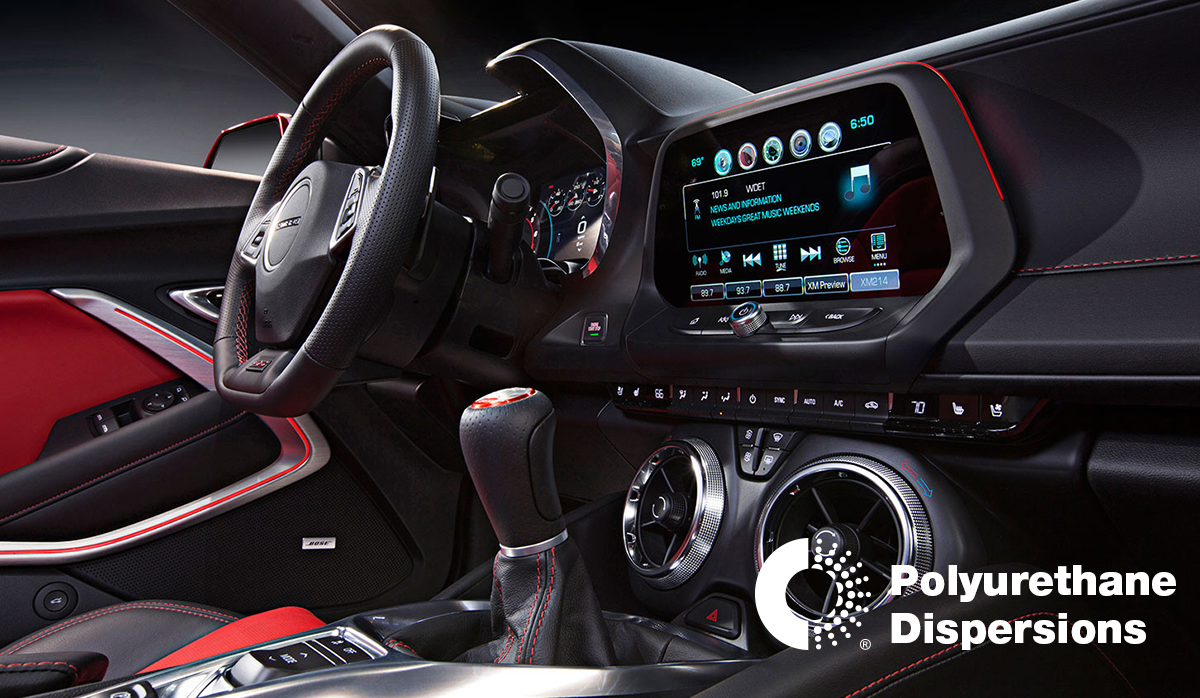Do you formulate coatings or adhesives for industrial or consumer products that require high...
Soft feel Formulations: Four Levers to Pull

The development and improvement in soft feel plastics such as PVCs and thermoplastic polyolefins (TPOs) has continued unabated. Consumers in industries including furniture and automotive interiors have accepted and often demand their richer appearance and tactile superiority as compared to previous plastic materials. The ability to mimic the look and feel of natural materials and fabrics with more cost efficient and durable plastics is now a customer expectation for many product categories.
Soft Feel Markets
Soft feel polyurethane dispersions (PUDs) have demonstrated their value in producing the touch and appearance characteristics consumers demand. The application of soft feel coatings onto PVC and TPO substrates can offer a surface with a rubbery to suede touch on a plastic surface while protecting the durability associated with the plastic substrates. Soft feel coatings produced from aliphatic polyurethane dispersions are formulated to create surface appeal on PVC and TPO substrates providing a lasting, rich appearance in end use applications.
Environmentally friendly PUD soft-touch coatings are proving their worth for many applications including:
- automotive dash and interior fabrics
- commercial furniture
- marine and heavy equipment seat covering
- labelling for clothing
Four Key Formulation Considerations
The selection of the correct polyurethane dispersion is extremely important to obtain the correct properties of elongation and tensile strength. Considerations for formulators often center around four key considerations:
- gloss level
- haptic appearance
- chemical and abrasion resistance
- adhesion to substrate
There are different requirements for soft-touch coatings based on the required balance of haptics versus mechanical properties. It is often the case in formulation of PUDs for these applications that there exists an inverse relationship between durability and feel characteristics. Some industries require soft coatings but are less concerned about chemical resistance and abrasion while others may place higher importance on durable mechanical properties and will give up some feel.
Formulation Approaches that Work
Formulators continue to search for simple and effective approaches to balancing the four key considerations discussed earlier. A novel approach is to blend a neat resin with a compounded resin to create the proper gloss and haptic feel desired for the end use application. The formulator can create a wide variety of coatings with simple blend ratio adjustments of neat versus compounded resin. In addition, the variation of crosslinking with poly-isocyanates, carbodiimides, or a combination of both can increase critical mechanical properties including chemical and abrasion resistance.
Chase Corporation has developed both a soft resin and a compounded resin including starting formulas for blending. Our starting formulas recommend levels of poly-isocyanates, carbodiimides and mixes of both crosslinkers for coatings on PVC, TPO and plastics. A free guide to using these products is provided with a request for information and qualification of the end use application. Technical customer service is provided by phone or in person to assist with your project.





